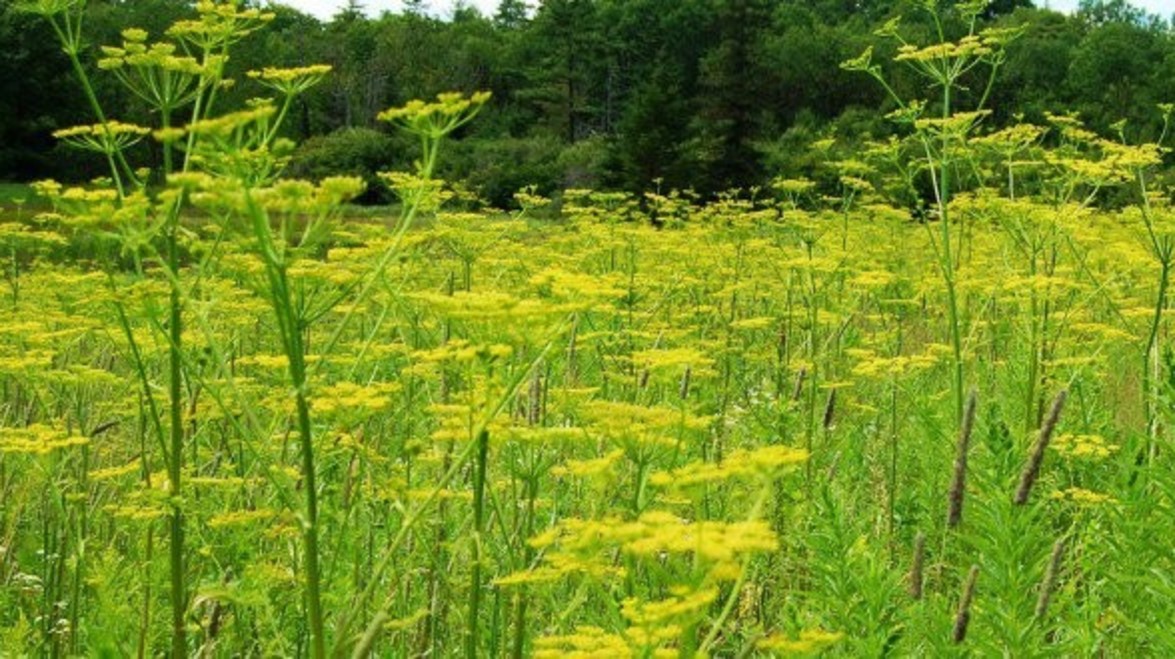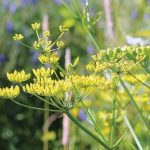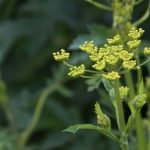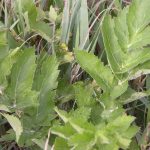
Wild parsnip, which has been remarkable for its invasion of Eastern Ontario the past few years has been spotted in Mississauga and in Waterloo.
The weed resembles Queen Anne’s lace (also known as wild carrot), a weed common to Canada and recognizable by its white flowers. But wild parsnips, an eye-catching, colourful, non-native weed, have a yellow flower.
## Like its cousin, [giant hogweed](https://gelderman.com/blog/195/giant-hogweed-found-in-hamilton-dundas-and-flamborough), the sap of wild parsnip contains a chemical compound that can cause severe burns and blisters when activated by sunlight (phyto-photodermatitis).
When the sap of the plant, from broken stems and leaves, touches the skin and is exposed to ultraviolet light, the affected area will redden; in most cases this will be followed by blisters that can be painful for a couple of days. In many cases, the blisters will lead to brownish pigmentation that can last for years. If the sap gets into the eyes, it may even cause temporary or permanent blindness.
People who come in contact with the toxic liquid are advised to quickly seek shelter to stop the sap from photosynthesizing, and to wash exposed skin thoroughly with soap and water. Skin can turn red one day after exposure. Inflammation may also occur after three days. Those who have a reaction are advised to seek medical attention.
## Anyone who sees these plants is advised to stay clear.
If you are likely to be in contact with wild parsnip, cover up. It is possible to come in contact with the plant and not be exposed to the sap. It is coming in contact with the sap that is the cause for concern.
Click on the image above for more pictures of wild parsnip. More information about wild parsnip can be found following the links below:
[www.invadingspecies.com/invaders/plants-terrestrial/wild-parsnip/](http://www.invadingspecies.com/invaders/plants-terrestrial/wild-parsnip/)
[www.healthunit.org/hazards/dangerousweeds.html](http://www.healthunit.org/hazards/dangerousweeds.html)



